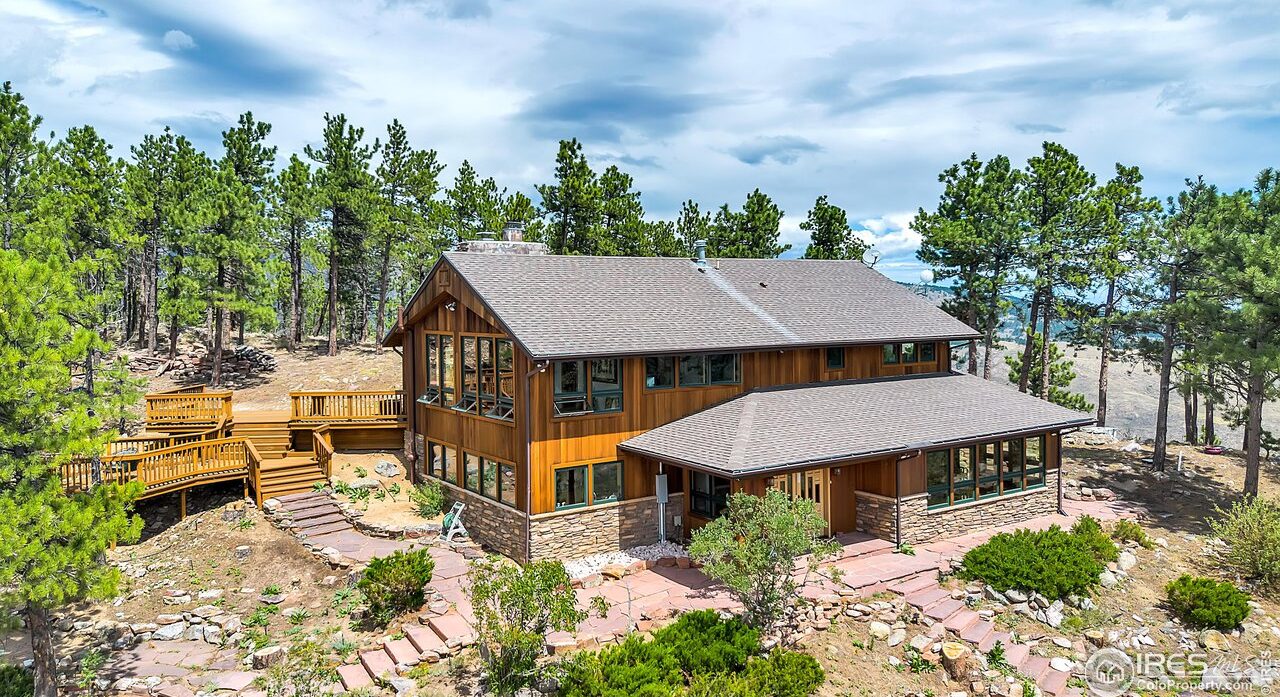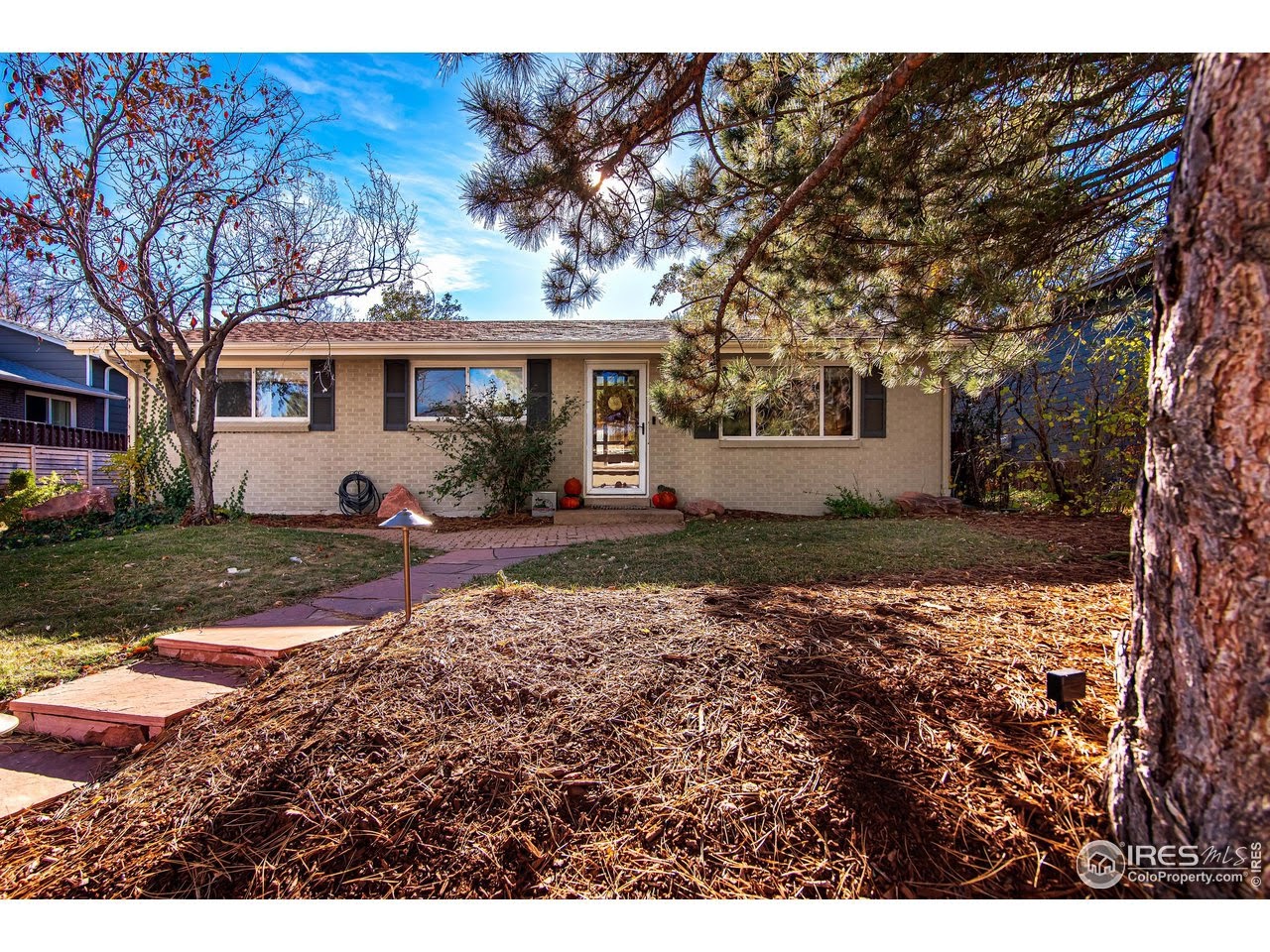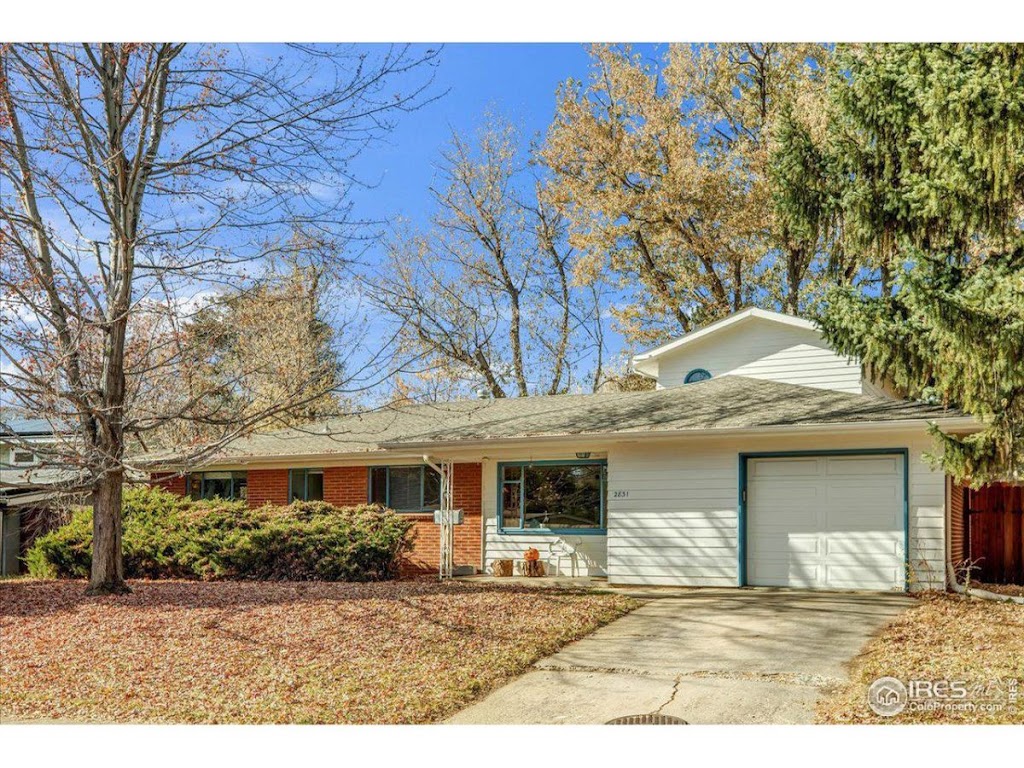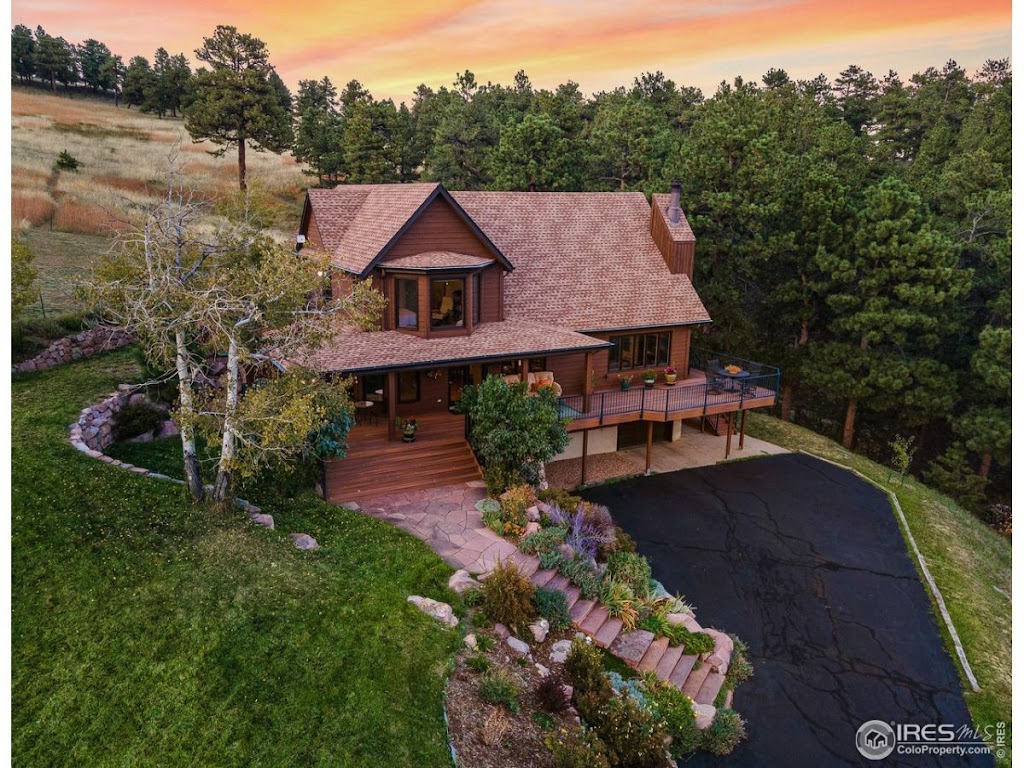by Osman Parvez
—-

You worked hard for your money. Here’s how to get the most value from your choice of real estate.
A long, long time ago… I was in middle school and we were taking a mandatory home economics class. It was different from the rest of our classes. In “home ec,” we learned practical stuff like how to safely use a stove and operate a sewing machine. It was information that, at the time, I admit to thinking was a little useless (typical 13 year old boy).
One day, we were given a lesson on shopping for clothes. I recall Mrs. Laser (our teacher) teaching us to carefully check the quality of the stitching and to look for loose threads. Some material held up better than others and if there were stripes or a pattern, she told us it was important to see how well it matched up at the seams. These were indicators of quality she said and shopping in this way would help us save money in the long run. She also said it was smart to avoid trendy (Coca-Cola shirts and Jamz shorts, at the time) because they’d be out of style before the clothes wore out.
What does this have to do with real estate? Quite a bit, it turns out…
Just like clothes, some homes are a much better value than others. The same priciple of checking beneath the surface to see how well material lines up also applies. When you’re shopping, it’s smart to look for durable and less trendy materials . Whenever possible, peer behind panels or look in attics to inspect the quality of construction. Seeking value will enable you to find a house that fills your family’s needs for many years.
To help you in the process, here’s a few quality indicators…
For Construction:
– Carpentry (finish trim, cabinetry, and rough carpentry behind walls)
– Masonry (check the bricks/blocks, look for sloppy mortar work and cracks)
– Roofing (how soon will you need a new one, are there any signs of water damage?)
– Electrical (how old is the electrical panel? Has it been upgraded?)
– Plumbing (look for cheap fixtures and also check quality of work in basement/crawl space and beneath sinks)
– Energy Efficiency (check windows, insulation, and furnace)
– Design/Style (traditional vs. modern style and materials. Open layout is often more appealing for “feel” but less appealing for energy efficiency)
– Flooring (linoleum or hardwood, carpet quality, and thickness of pad)
Of course, most folks don’t want the best house in the worst neighborhood. Location is always a key consideration. Here’s a few quality indicators…
Location:
– Proximity to city parks, bike paths, and open space (especially in places like Boulder)
– Quality of neighborhood schools (public and private)
– Check local development patterns (increasing/decreasing density)
– Proximity to current and future public transportation (
bus routes)
– Neighborhood demographics and unique characteristics (always take a walk and talk to the neighbors)
Remember – from an investment perspective, the longer you own the house usually the better the economics (for primary residences). Buying on value will help you get a house that serves you well during your time living in it and when it’s time to sell.
If you’d like to learn more about how we advise our clients to shop for value, please call me at 303.746.6896. I’d love to talk to you about real estate.
Like this analysis? Subscribe to our client research report.
Want to get blog updates via email? Click HERE.
Ready to buy or sell? Schedule an appointment or call 303.746.6896.
You can also like our Facebook page or follow us on Twitter.
As always, your referrals are deeply appreciated.
—
The ideas and strategies described in this blog are the opinion of the writer and subject to business, economic, and competitive uncertainties. We strongly recommend conducting rigorous due diligence and obtaining professional advice before buying or selling real estate.













